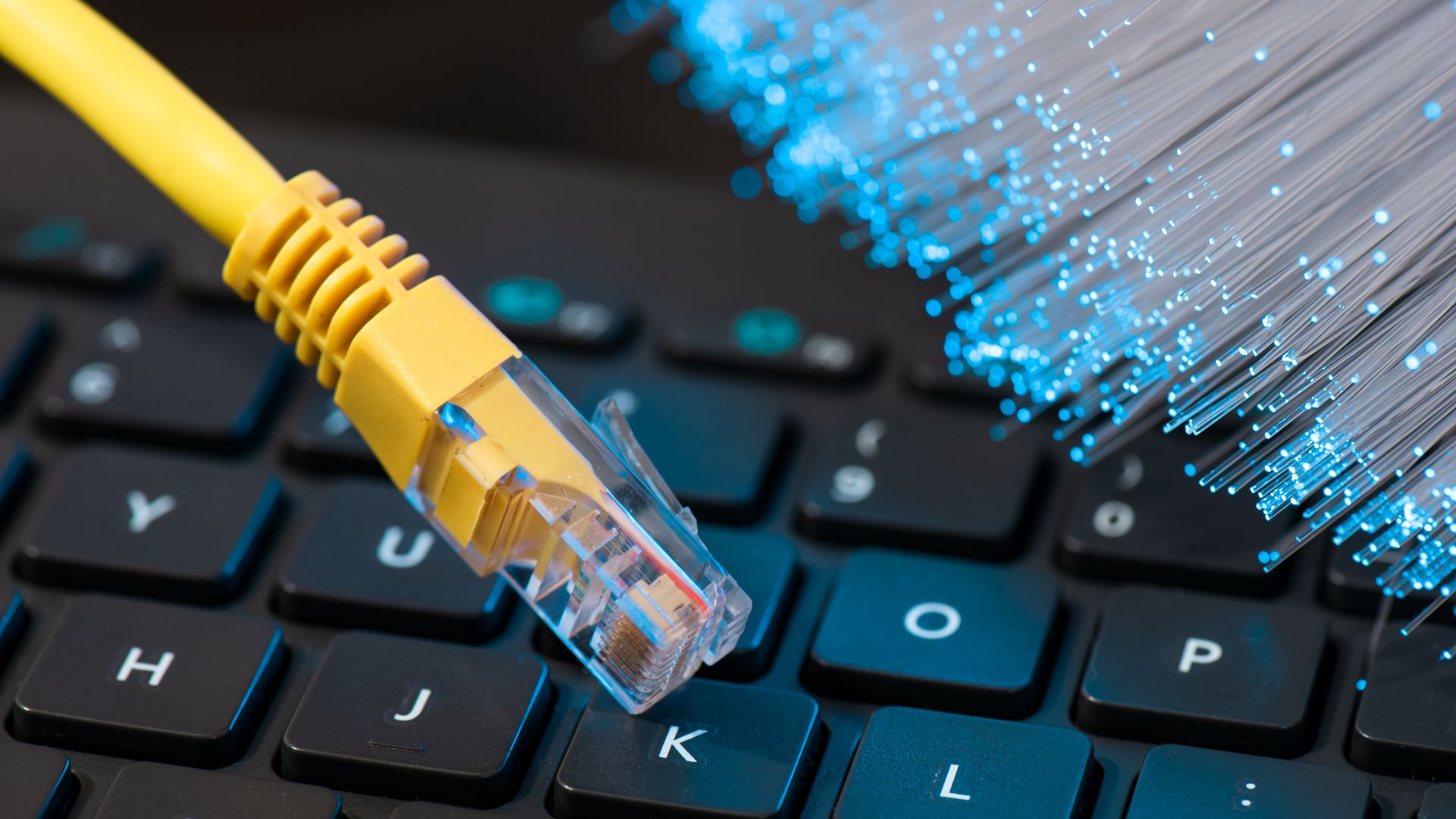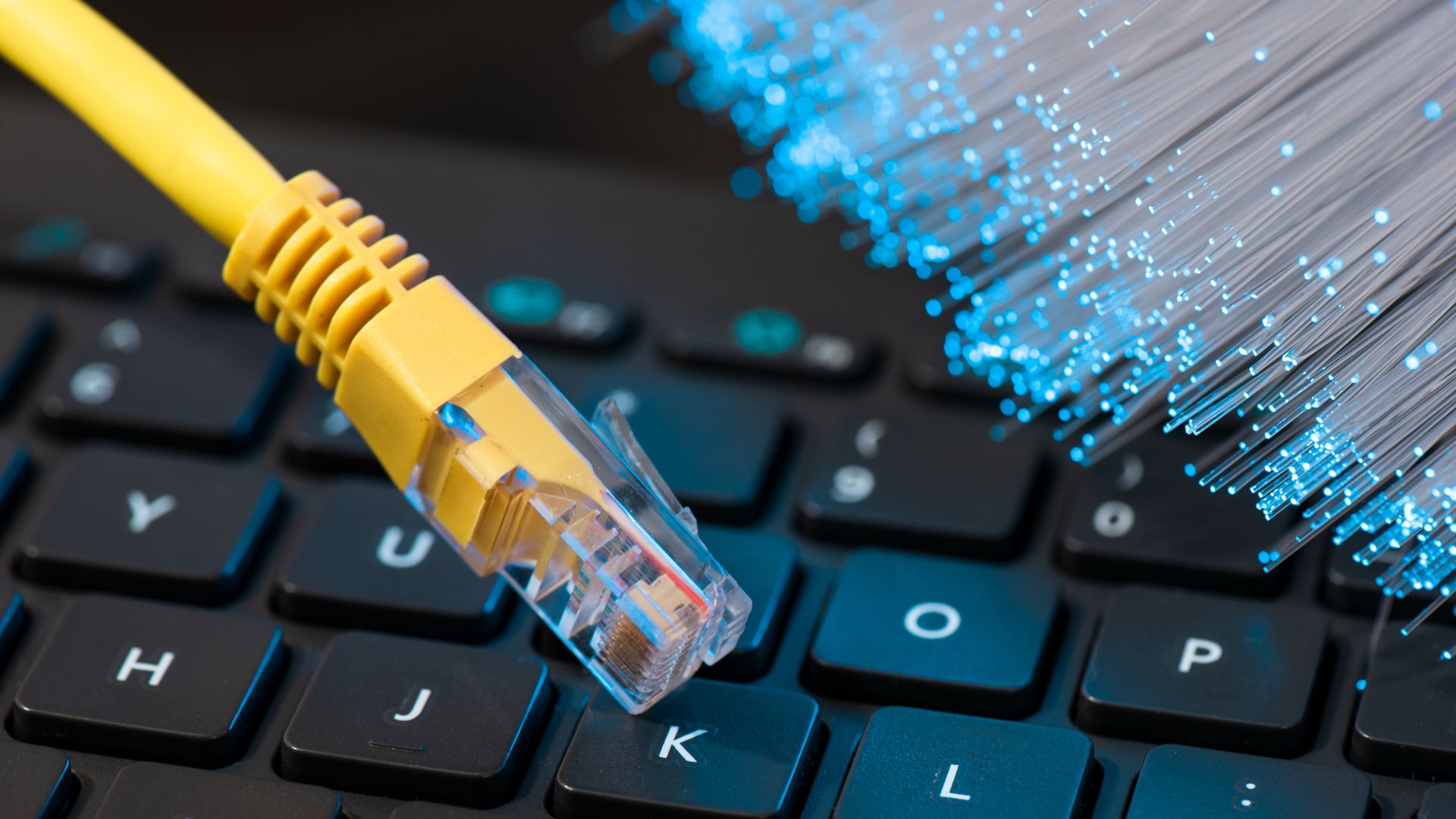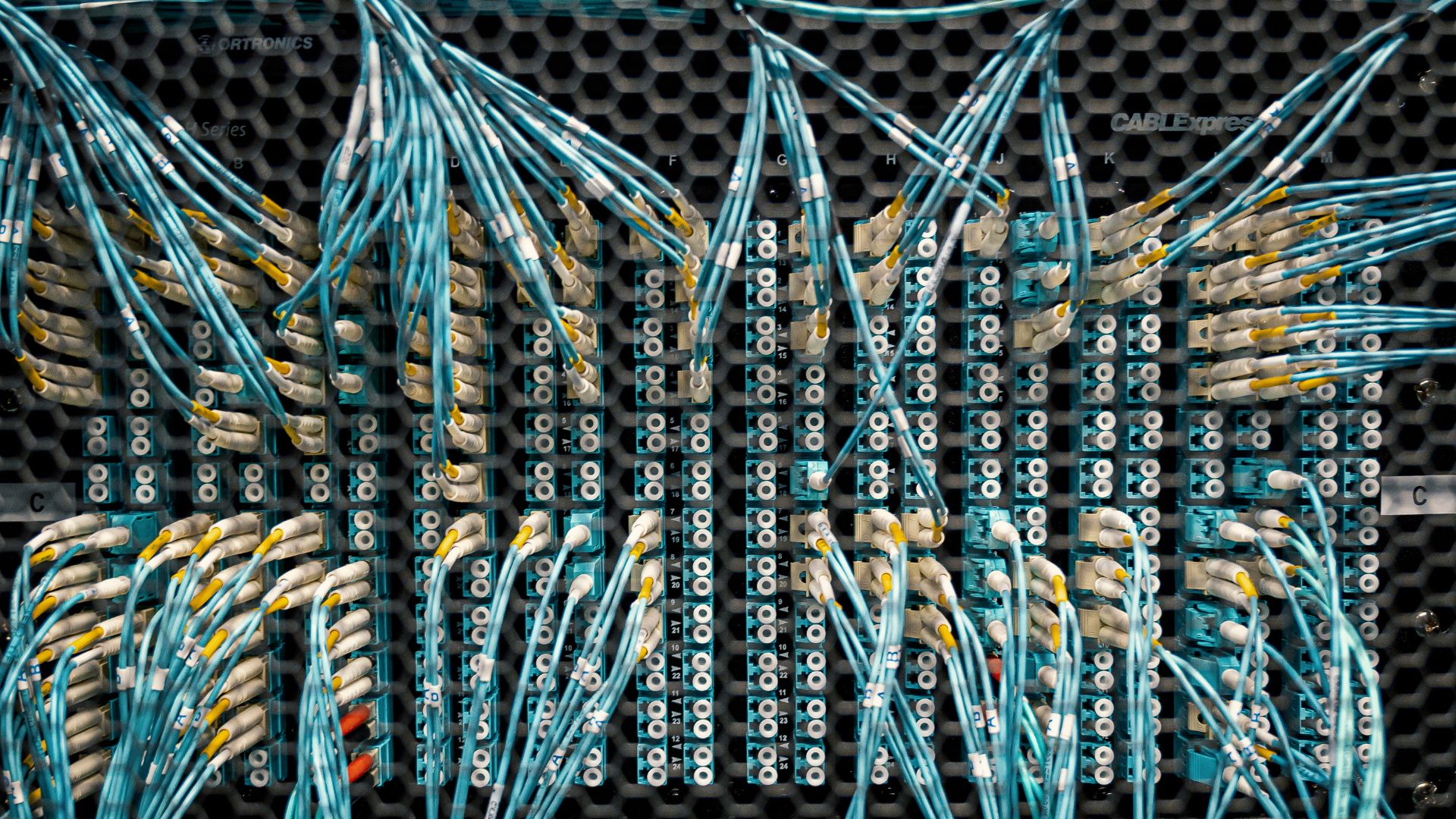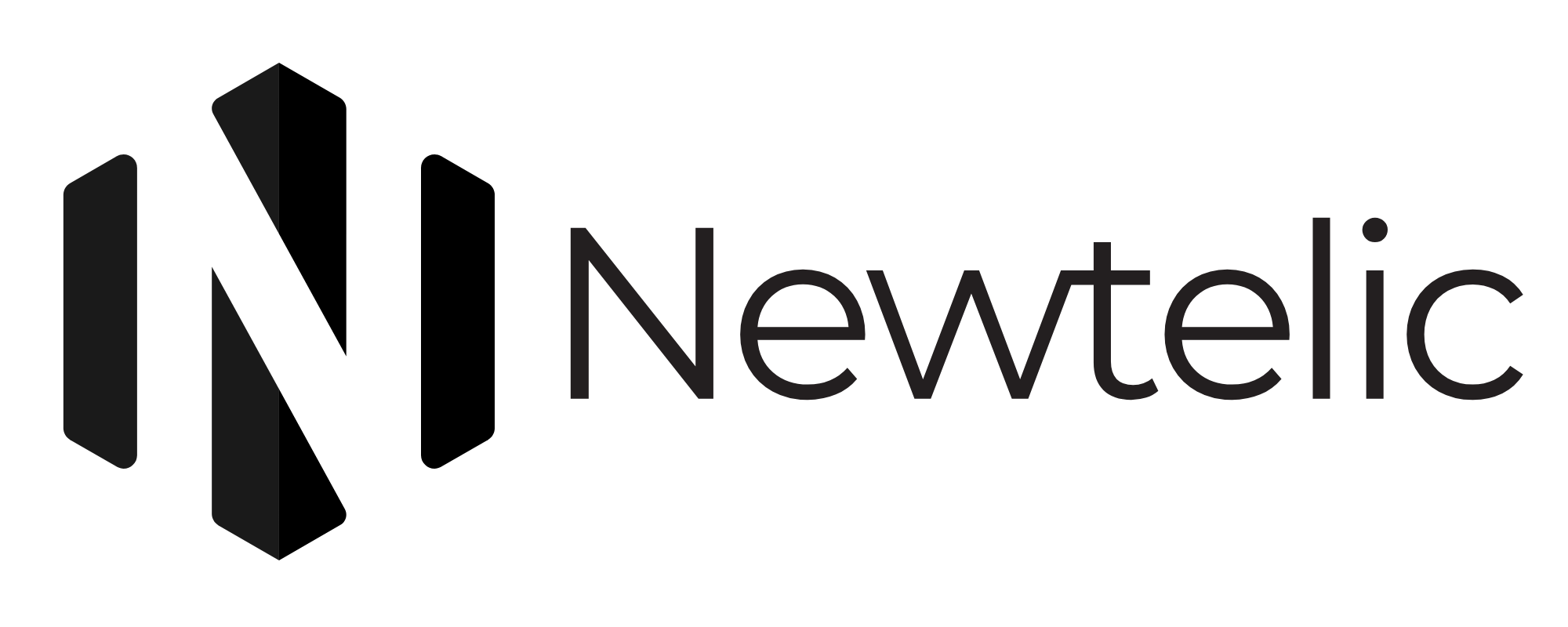5G vs. Fiber Optics: Choosing the Right Network for Your Needs

When it comes to high-speed internet, two of the most discussed technologies today are 5G and fiber optics. Both offer impressive speeds and connectivity, but which one is the right choice for your needs?

Speed and Performance
Fiber optic networks use light signals through glass or plastic cables, providing extremely fast and reliable speeds. Fiber can support gigabit speeds, making it ideal for businesses, high-demand users, and data-heavy activities like 4K streaming or online gaming.
5G, on the other hand, is a wireless technology that delivers high speeds via radio waves. While theoretical 5G speeds can rival fiber, real-world performance depends on factors like location, network congestion, and signal interference.

Reliability and Coverage
Fiber optics offer consistent and low-latency connections, but installation is expensive and time-consuming. Availability is limited to urban and suburban areas with built-in infrastructure.
5G provides mobility and flexibility, making it a great alternative in areas lacking fiber access. However, signal strength can be impacted by obstacles such as buildings and trees, particularly for mmWave 5G, which requires closer proximity to cell towers.

Use Cases
- For homes and businesses in wired areas, fiber is the best choice for reliability and high-speed performance.
- For mobile users and areas without fiber, 5G offers a great alternative for strong wireless connectivity.
- Hybrid solutions combining both can provide the best of both worlds, ensuring uninterrupted internet access.

Ultimately, choosing between 5G and fiber depends on your location, budget, and specific needs. As both technologies continue to expand, users will benefit from more choices and better connectivity options.
